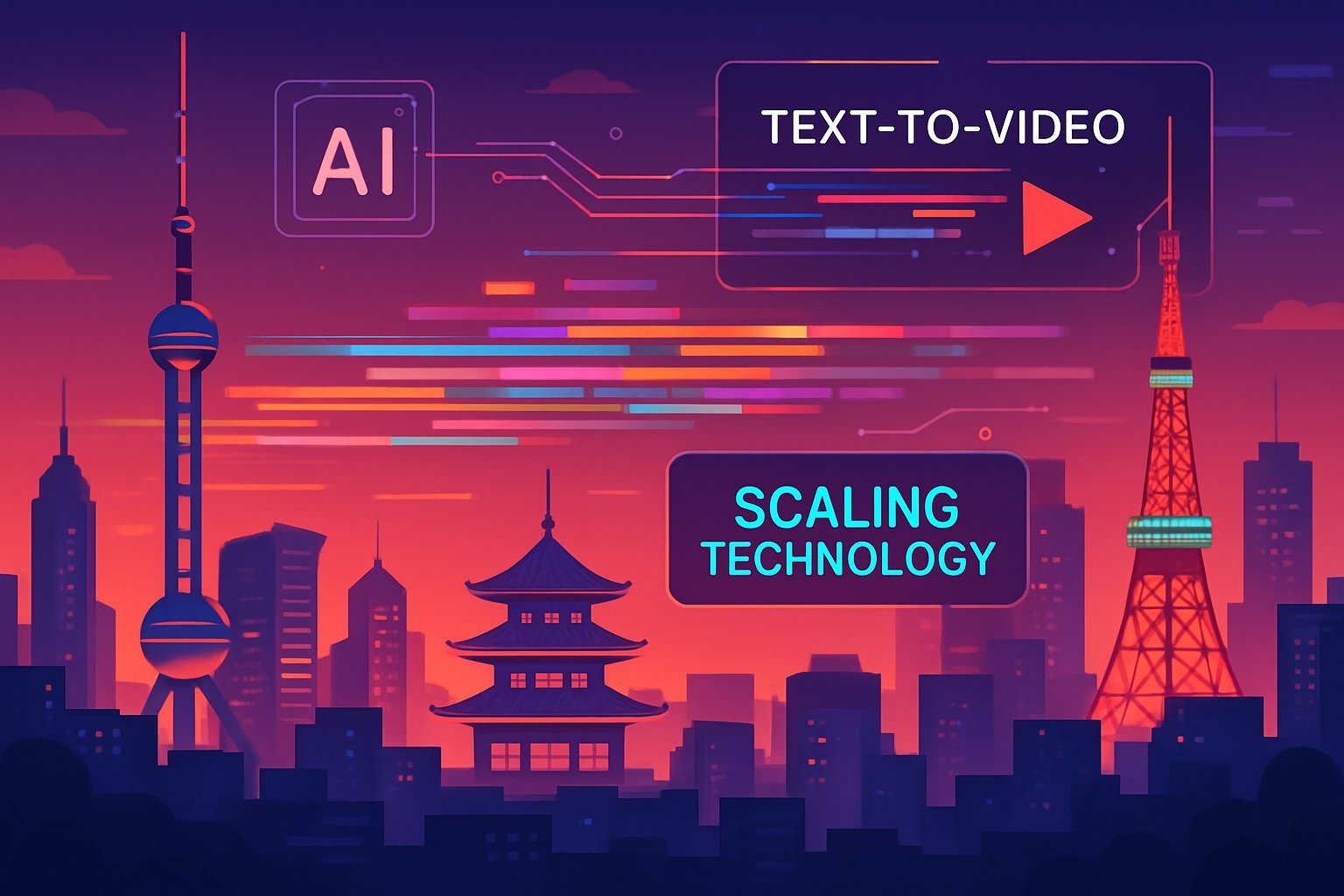
AI CERTS
5 hours ago
OpenAI Sora 2 drives global text-to-video scaling leap
Therefore, this report examines how text-to-video scaling shapes the rollout. Additionally, it tracks Asia market entry progress and evaluates $4 credit packs. The growing Sora economy and licensed character fees receive equal attention. Industry leaders will find verified data, balanced analysis, and forward guidance.

Global Rollout Momentum
Sora 2 launched on September 30, 2025 with an invite system limited to North America. Subsequently, OpenAI removed barriers and pushed the Android app into Japan, South Korea, Taiwan, Thailand, and Vietnam. This phased Asia market entry boosted downloads past one million within five days.
Moreover, OpenAI still excludes the EU, UK, and Switzerland because of compliance concerns. Analysts expect phased approvals once regional regulators clarify deep-fake rules. Meanwhile, text-to-video scaling continues attracting creators eager for cross-platform reach.
Key takeaways: adoption surged despite limited territories; availability remains fluid. Consequently, pricing and policy decisions now hold greater weight.
Pricing And Credit Strategy
OpenAI introduced $4 credit packs to lower entry friction. Each pack buys ten generations at standard resolution. Furthermore, higher tiers unlock longer clips and 1080p output. Premium users can purchase additional rendering time through licensed character fees when protected likenesses appear.
Pricing currently aligns with three pillars:
- Base access: $4 credit packs for casual creators.
- Pro subscription: monthly fee plus bonus credits.
- Enterprise tier: custom limits and licensed character fees per project.
Additionally, the Sora economy includes resale markets for unused credits and consulting packages. In contrast, competitors rely mainly on subscription bundles without granular tokens. Text-to-video scaling economics therefore hinge on flexible micro-payments.
Section summary: OpenAI’s hybrid pricing broadens reach while monetizing premium extras. However, revenue sustainability depends on balancing affordability with infrastructure costs.
Controversies And Policy Mitigations
Realistic avatars triggered backlash after users depicted deceased celebrities without consent. Consequently, OpenAI tightened cameo verification and expanded watermarking. The company also applies licensed character fees when protected personas appear, reducing unlicensed usage.
Moreover, the system card details multimodal moderation, C2PA provenance, and partnerships with Thorn. Nevertheless, critics argue safeguards lag behind rapid text-to-video scaling advances. Legal experts foresee new litigation over likeness rights, especially in Asia market entry jurisdictions.
Key lesson: policy agility remains essential. Therefore, OpenAI must iterate safety tools as creative latitude widens.
OpenAI Developer Ecosystem Outlook
DevDay 2025 unveiled an API for Sora 2. Consequently, studios can embed generation pipelines inside production software. Early testers praise batch endpoints that handle storyboard sequences and timed audio cues.
Professionals can enhance their expertise with the AI+ UX Designer™ certification. Furthermore, OpenAI plans telemetry dashboards showing credit burn, text-to-video scaling efficiency, and audience retention.
Asia market entry partners already integrate Sora clips into super-apps. Additionally, independent developers trade licensed character fees through programmatic marketplaces. This circular Sora economy fuels constant feedback for model refinement.
Summary: developer adoption accelerates platform stickiness. Consequently, robust tooling will determine long-term network effects.
AI Competitive Landscape Snapshot
Google’s Veo and Meta’s Vibes still cap outputs at 720p. In contrast, Sora 2 provides longer clips and audio synchronization. Stability AI and Runway focus on niche editing, not full scene generation.
Moreover, text-to-video scaling gives OpenAI speed advantages by optimizing diffusion steps. Competitors offset gaps with bundled cloud credits and aggressive regional marketing.
Asia market entry timing also influences share. Consequently, $4 credit packs appeal to price-sensitive creators, while licensed character fees signal professional depth.
Section recap: Sora’s technical lead persists, yet rivals narrow gaps quickly. Therefore, sustained innovation remains critical.
Key Future Roadmap Signals
Bill Peebles hinted at 4K support and multiplayer editing later in 2026. Additionally, roadmap slides reference real-time streaming once inference costs drop. These milestones demand further text-to-video scaling optimizations.
Moreover, OpenAI studies tokenized ownership for user-generated assets within the Sora economy. Asia market entry expansion depends on resolving data privacy audits. Finally, upcoming policy drafts may refine licensed character fees tiers.
Key insight: roadmap choices will align technical leaps with regulatory compliance. Consequently, stakeholders should monitor beta announcements closely.
Conclusion And Action
Sora 2 demonstrates how disciplined text-to-video scaling unlocks new creative horizons. Adoption gains, Asia market entry advances, and $4 credit packs nurture a dynamic Sora economy. Nevertheless, controversies around licensed character fees and deepfakes demand vigilant oversight. Furthermore, competitive pressure ensures relentless iteration.
Industry professionals should track policy shifts and explore skill development. Therefore, enroll in relevant credentials and experiment responsibly with emerging tools.



